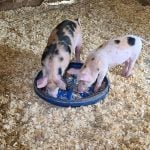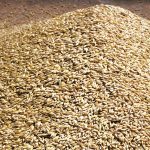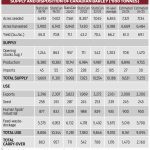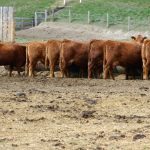Masterfeeds, a major feed supplier to Canadian livestock producers, is poised to merge into a new joint venture with U.S. feed businesses.


Feed company’s 15 Canadian mills to join new U.S./Canada business

Nutrition: Evaluating how barley silage and rye silage compare in feed quality





Market Talk with Jerry Klassen

Researchers at the University of Alberta are looking into whether there’s a link between feed efficiency and weather tolerance in cattle

Understanding results and applying the information from a feed test is key to developing balanced rations

News Roundup: Research will continue for one more year with yearlings